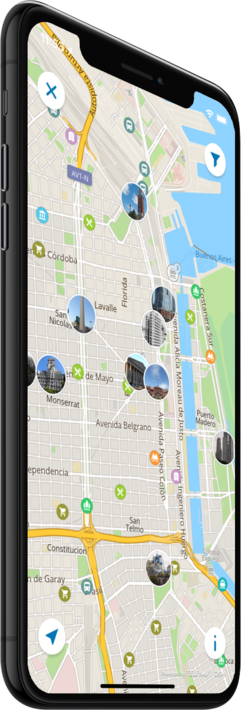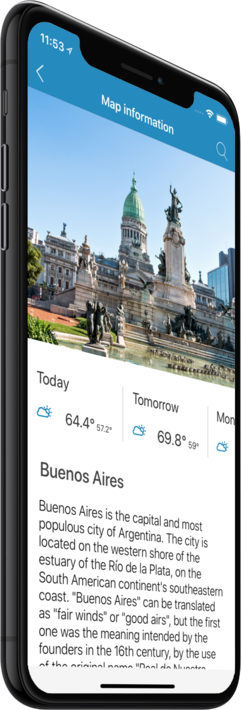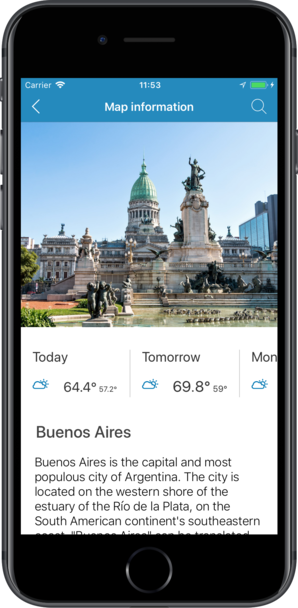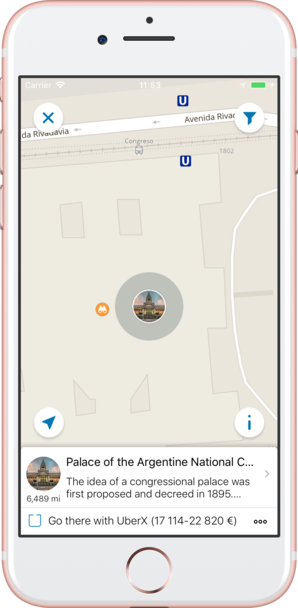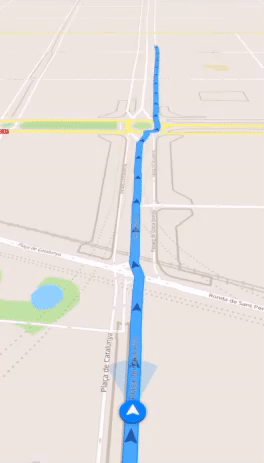Features
Turn your trip into an exciting and unforgettable experience
with the Buenos Aires offline mobile map!
TOP DESTINATIONS
Our offline map offers you information about 27 top destinations, featuring high-quality descriptions, photos, and reviews written by real travelers.
HIGH-QUALITY CONTENT
Every location we feature comes with a description, a photo, and reviews written by real people.
SAVE ON MOBILE DATA!
All of the app’s features work offline! Simply download our completely autonomous map before your trip, and save mobile traffic!
FIND TOP DESTINATIONS NEARBY!
In addition to our featured locations, you will find tens of thousands of other useful places in our guide (hotels, restaurants, teller machines, public transport stops, points of interest, etc.)
OFFLINE NAVIGATION
Plan the best driving, walking, or biking route offline! Save your locations, so you can always easily find your way back and never get lost.
WEATHER FORECAST AND CURRENCY CONVERSION!
Latest weather forecast and a handy conversion rate calculator for 200+ different currencies!
Top places of interest
Here is a list of just a few of the places of interest that you can find on our offline map.
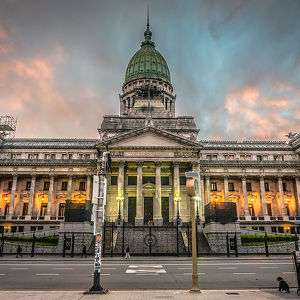
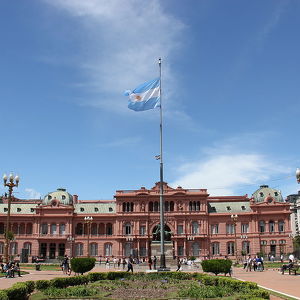
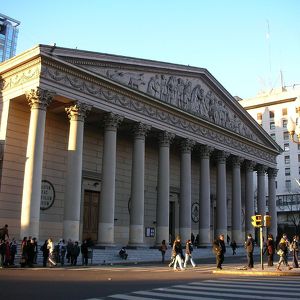
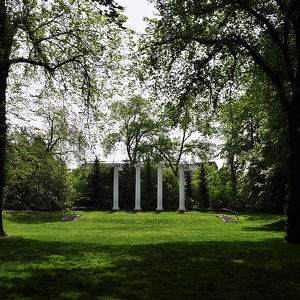
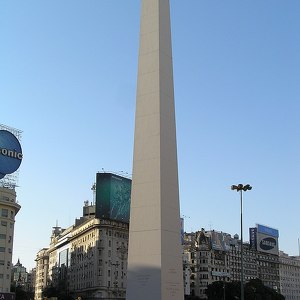
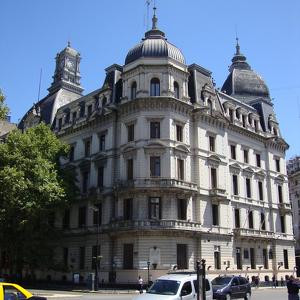
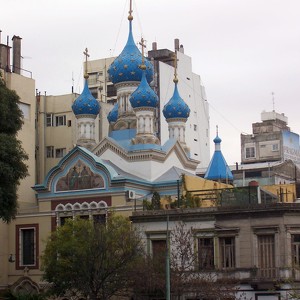
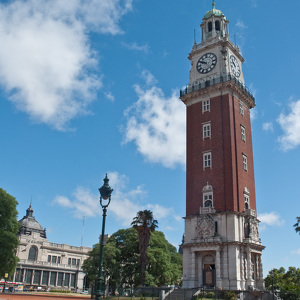
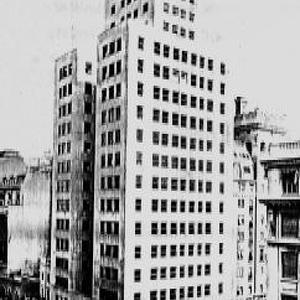
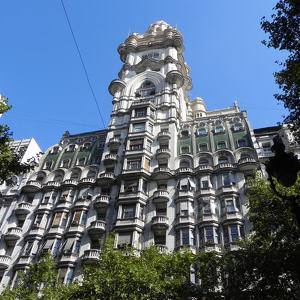
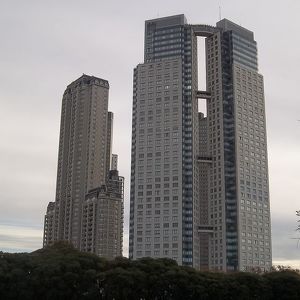
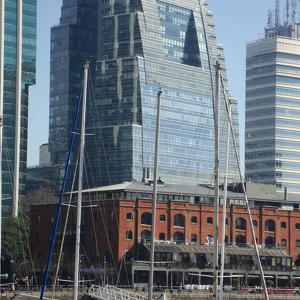
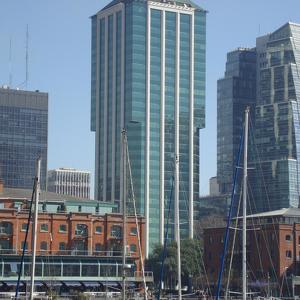
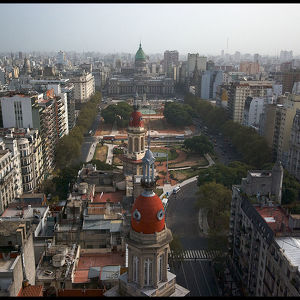
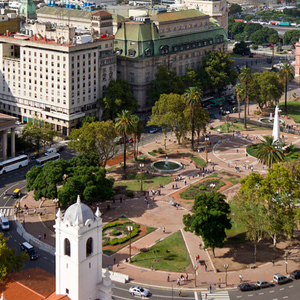
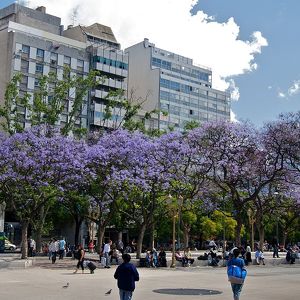
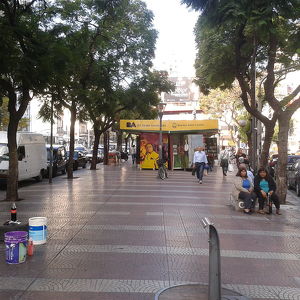
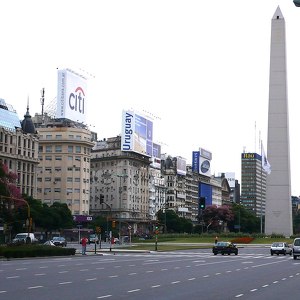
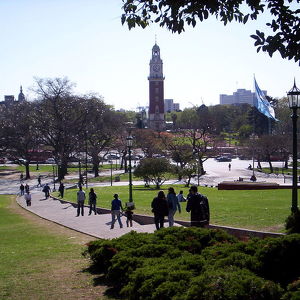
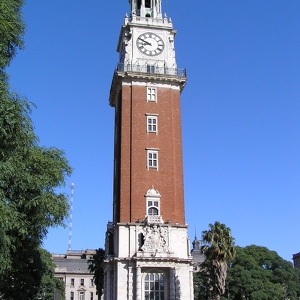
Palace of the Argentine National Congress
The idea of a congressional palace was first proposed and decreed in 1895. Designed by the Italian architect Vittorio Meano and completed by Argentine architect Julio Dormal, the building was under construction between 1898 and 1906. Inaugurated tha...
Casa Rosada
The Casa Rosada sits at the eastern end of the Plaza de Mayo, a large square which since the 1580 foundation of Buenos Aires has been surrounded by many of the most important political institutions of the city and of Argentina. The site, originally at ...
Buenos Aires Metropolitan Cathedral
During the definitive foundation of Buenos Aires by Juan de Garay in 1580, part of a block facing the main square was reserved for the major church of the town. This is still the location of the current Cathedral, which is the last building in a series...
Sylvan Grove Theater and Columns
The original University of Washington building in downtown Seattle officially opened on September 16, 1861. It had a portico with four Ionic columns made of hand-fluted cedar. In 1908, as the building was about to be demolished, Edmond S. Meany saved t...
Obelisco de Buenos Aires
The obelisk was built by the German company G.E.O.P.E. - Siemens Bauunion - Grün & Bilfinger, which completed its work in a record time of 31 days, with 157 workers. The rapid hardening Incor cement was used and was built in sections of 2 meters (6 ft ...
Buenos Aires City Hall
The cornestone laying ceremony was held on New Year's Eve 1890, for which the Mayor contributed a time capsule which included the construction permit among other mementoes. The works themselves cost the city a modest 150,000 pesos (US$ 75,000), and wer...
Cathedral of the Most Holy Trinity
The Russian Orthodox Cathedral of the Most Holy Trinity (Spanish: Catedral Ortodoxa Rusa de la Santísima Trinidad) is an Eastern Orthodox church building in Buenos Aires, Argentina. Located in the neighbourhood of San Telmo, it was built between 1898 a...
Torre Monumental
On September 18, 1909 the Argentine National Congress passed Law N° 6368, consisting of an offer by the British residents of Buenos Aires to erect a monumental column to commemorate the centenary of the May Revolution. Although the centenary monumen...
Comega Building
At the time of its opening the 19th floor was planned for collective use and assembly, but the place was soon allocated for the renowned confitería-restaurante (café) "Comega Club", which ran until 1969. That place was specially prepared for major even...
Palacio Barolo
Italian architect Mario Palanti was commissioned to design the building by the empresario Luis Barolo, an Italian immigrant who had arrived in Argentina in 1890 and had made a fortune in knitted fabrics. The basic design, in eclectic style, was conceiv...
El Faro Towers
The Lighthouse (Spanish: Faro) project was first proposed in 1999, and coincided with a burgeoning interest in redeveloping the dilapidated Puerto Madero docklands on the part of developers. The project was initially designed to include two towers with...
Bouchard Plaza
The publisher was joined by industrial conglomerate Techint and Banco Santander Río in a US$40 million investment for the construction of a new office building. Designed by Hellmuth, Obata and Kassabaum in 2000, the Postmodern addition was built on ste...
Torre Bouchard
Torre Bouchard is a skyscraper in Buenos Aires, Argentina. The building houses the headquarters of Aerolíneas Argentinas. The World Bank has its Argentina offices in the tower. The building was designed in 1991 by SEPRA Arquitectos, a leading local ...
Congressional Plaza
Plaza Lorea retained this function until 1871, when the swamps west of it were drained for development. A flour mill and wholesale market opened in the surroundings and a water tower was installed in the center of the plaza, which became a landscaped p...
Plaza de Mayo
It is located in the financial district known as microcentro, within the barrio (English: neighbourhood) of Monserrat. It is bounded by Bolívar, Hipólito Yrigoyen, Balcarce and Avenida Rivadavia streets; and from its west side three important avenues a...
Plaza Miserere
The market functioned until 1882, when Mayor Torcuato de Alvear began the demarkation of the plaza. In 1882 is was used as the site for the South American Continental Exhibition. The neighboring Once Terminal was inaugurated in 1898. The square underwe...
Plaza Primera Junta
Plaza Primera Junta
Plaza de la República
The plaza is the site of the Obelisk of Buenos Aires, designed by Alberto Prebisch and inaugurated in 1937. The plaza, originally a circular esplanade paved in stone, was enlarged to its current dimensions in 1962. Its present layout was established in...
Plaza San Martín
Following remodeling works by British architect Edward Taylor and Argentine architect José Canale, the fort, bullring and other buildings were demolished in 1883 by order of Mayor Torcuato de Alvear, converting the area into a plaza. Numerous Ombú, Lin...
Plaza Fuerza Aérea Argentina
Plaza Fuerza Aérea Argentina
Counter

27
TOP DESTINATIONS

1044
PLACES OF INTEREST

3288
HOTELS

5673
CAFES AND RESTAURANTS
Contact us
You can get in touch with us by filling out this form
 |
 |
 |

